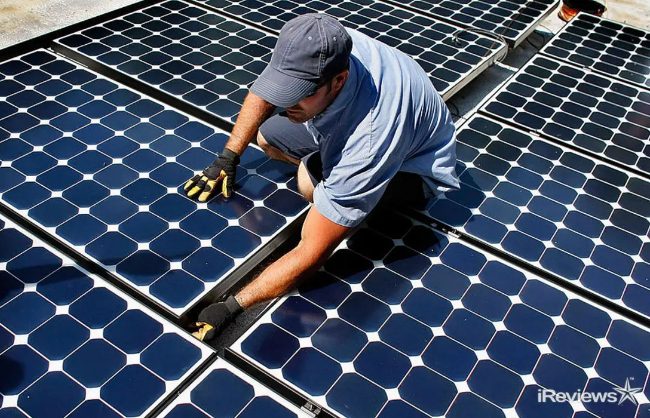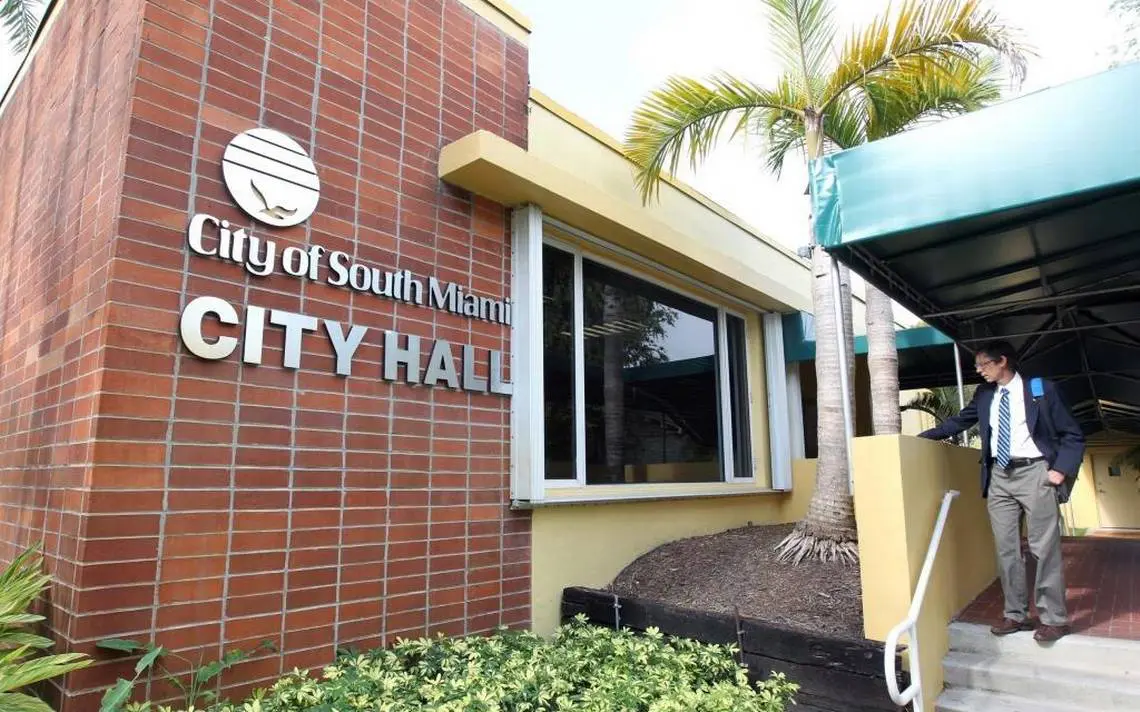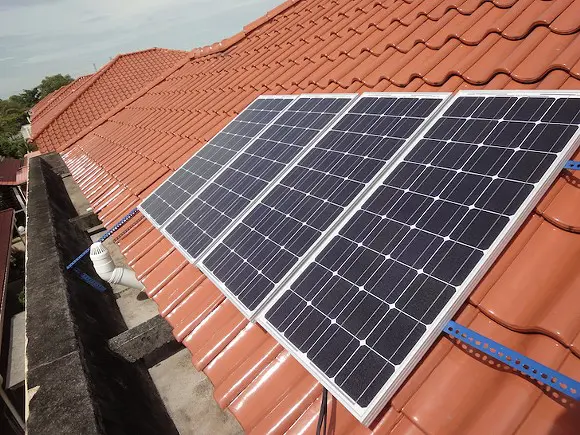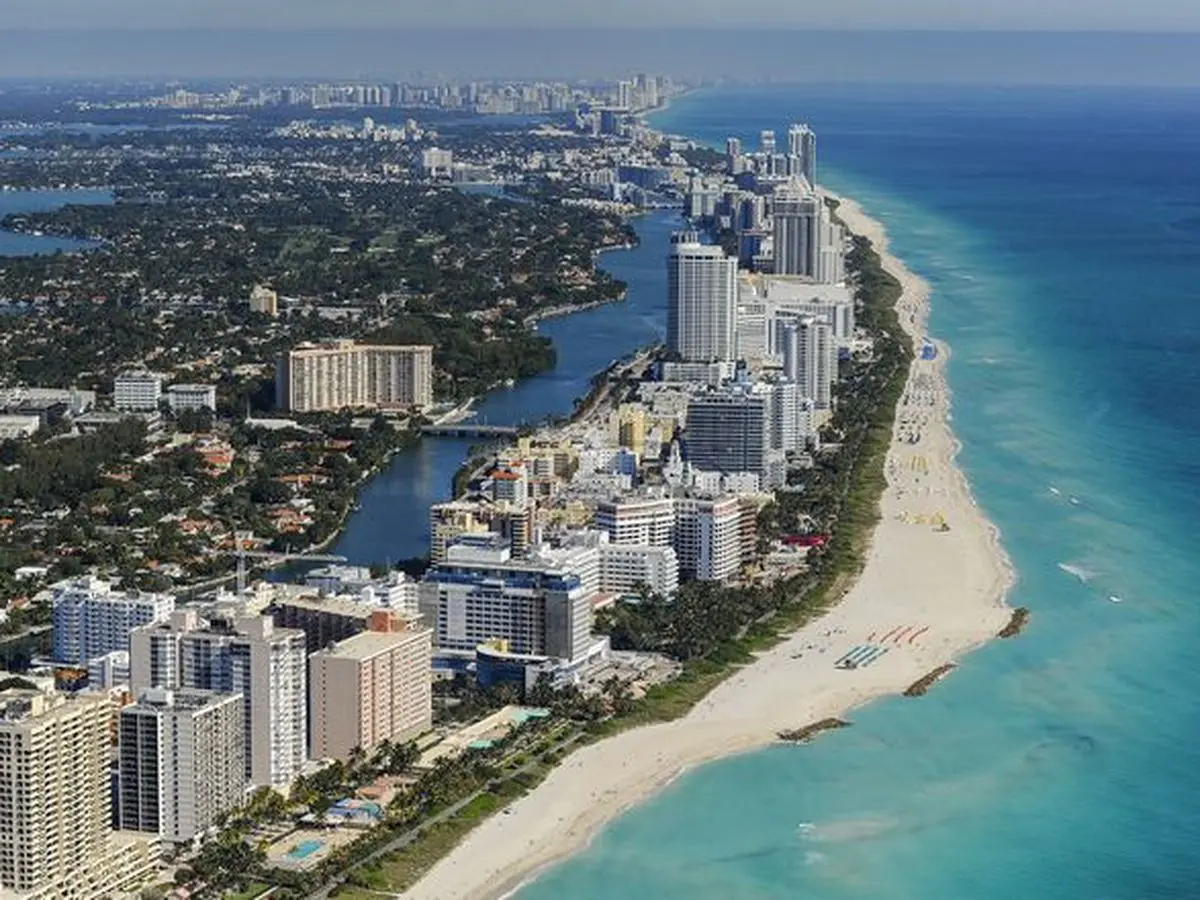South Miami Makes Florida History: Solar Power Now Required on New Homes

South Miami becomes the first Florida city—and the only city outside of California—to require solar panels on homes. The law affects those building new homes and those renovating their current home.
The push came from a 16-year-old high school student in early 2016. Delaney Reynolds mailed several mayors in Florida asking them to require citizens to use solar power. South Miami’s mayor, Philip Stoddard, responded. But he had one condition. Reynolds was to help Stoddard write the law which affects thousands of South Miami residents.

The Legislation
The law will take effect on September 18th after a 4-1 vote with Commissioner Josh Liebman voting no. Liebman says he doesn’t oppose solar, but he believes residents should have the freedom to choose whether or not to go solar.
Liebman wasn’t alone in his sentiments. Local builders’ groups, including the Builders Association of South Florida, argued that the solar panels should not be required. But, they conceded that the idea has major benefits. The group pushed for an incentive-based program for installing solar panels.
Truly Burton, executive vice president of the association, says, “To me, if I’m going to put money out and [the city’s] going to encourage you to do it, that seems like a better approach. I think the city has a good idea, and it has merit, but put your money where your mouth is.”
Eric Montes de Oca, president of Miami’s Latin Builders Association, wrote a letter to the commission.
“If [someone] does not want to have solar panels, then they are not welcome to live in South Miami. This, I would argue, runs counter to our individual freedoms. It has the potential to increase considerably the cost to construct a new home and negatively affect new home construction within South Miami.”
– Excerpt from Montes de Oca’s letter
A local resident, Matthew Barket, brought up another point during a public forum. He lives in a smaller, older home in South Miami. “The issue is really a cost benefit analysis here,” he says. “I think you are not going to receive the type of return on your investment that’s being portrayed.” He urged the commission to wait for solar technology to develop more efficiency before passing the law.

The Law’s Champions
With so many influential groups and local residents against the law, it helped to have a government official leading the law to fruition. Stoddard is not only South Miami’s mayor, he is a professor of biology at Florida International University. He’s been a proponent of the idea for years, and he praised the commission’s approval of the law. He says, “We made history [that] night. We’re the first city in the United States outside of California to approve this.”
Cities in California, like San Francisco and Santa Monica, previously passed this type of law in late 2016. Stoddard, a major player in this bill’s approval, installed solar panels at his house. He says his electrical bill is under $10 a month because of solar energy.
“Solar reduces the cost of home ownership, it makes houses sell faster, it returns more to a builder, it makes local jobs, and most importantly, it reduces carbon emissions today to help our children and grandchildren have a better future tomorrow.”
– Stoddard
Local resident David Rifkind also installed solar panels on his property. He applauded the commission for “making an example” that will be seen globally. Rifkind says, “I am very grateful and very proud as a citizen of South Miami for this measure regarding solar panels. It’s amazing how this pushes us forward in a global conversation about the small incremental ways that we can make change.”

Solar in South Miami: The Fine Print
When the law takes effect in September, new residential structures require 175 square feet of solar panel per 1,000 square feet of sunlit roof area. Or use one panel with 2.75 kilowatt capacity per 1,000 square feet of living space. Whichever is less is the minimum you must install.
If a home renovation requires replacing or extending more than 75% of the home’s structure, the owners must follow this new law. Of course, if the house is on a shaded property, the homeowner may be exempt.
A builder who installs a small new roof wouldn’t be required to follow this ordinance unless the house is larger than 1,100 square feet. Townhomes and multi-story residential buildings are liable for the new law when it goes into effect. But commercial properties are exempt.
The U.S. Department of Energy estimated a medium-sized solar system costs around $11,000 after applying for federal tax benefits. So South Miami’s government wants to encourage participation. They are waiving their permit fees for solar installations. The government’s building department will oversee inspections.

The Future of South Miami
This new law could prompt homeowners to begin building smart energy homes faster—for example, utilizing Tesla’s PowerWall 2 for energy storage in case of blackouts. Homeowners can also put power consumption data to use with Sense so their electric bill is the lowest possible amount each month. Solar power blinds, like SolarGaps, can also aid in reducing monthly energy bills. If you are planning to move to Miami soon, check out all 3 products and let us know what you think under “User Reviews.”
Stoddard says, “It’s not going to save the world by itself but it’s going to get people thinking about [solar].”
As for the girl who jump-started this movement, Reynolds continues to work towards a more sustainable future in South Miami. She started an environmental non-profit, Sink or Swim, which works towards minimizing the impact of sea rise.
Sources: Miami Herald, Motherboard, Mental Floss





